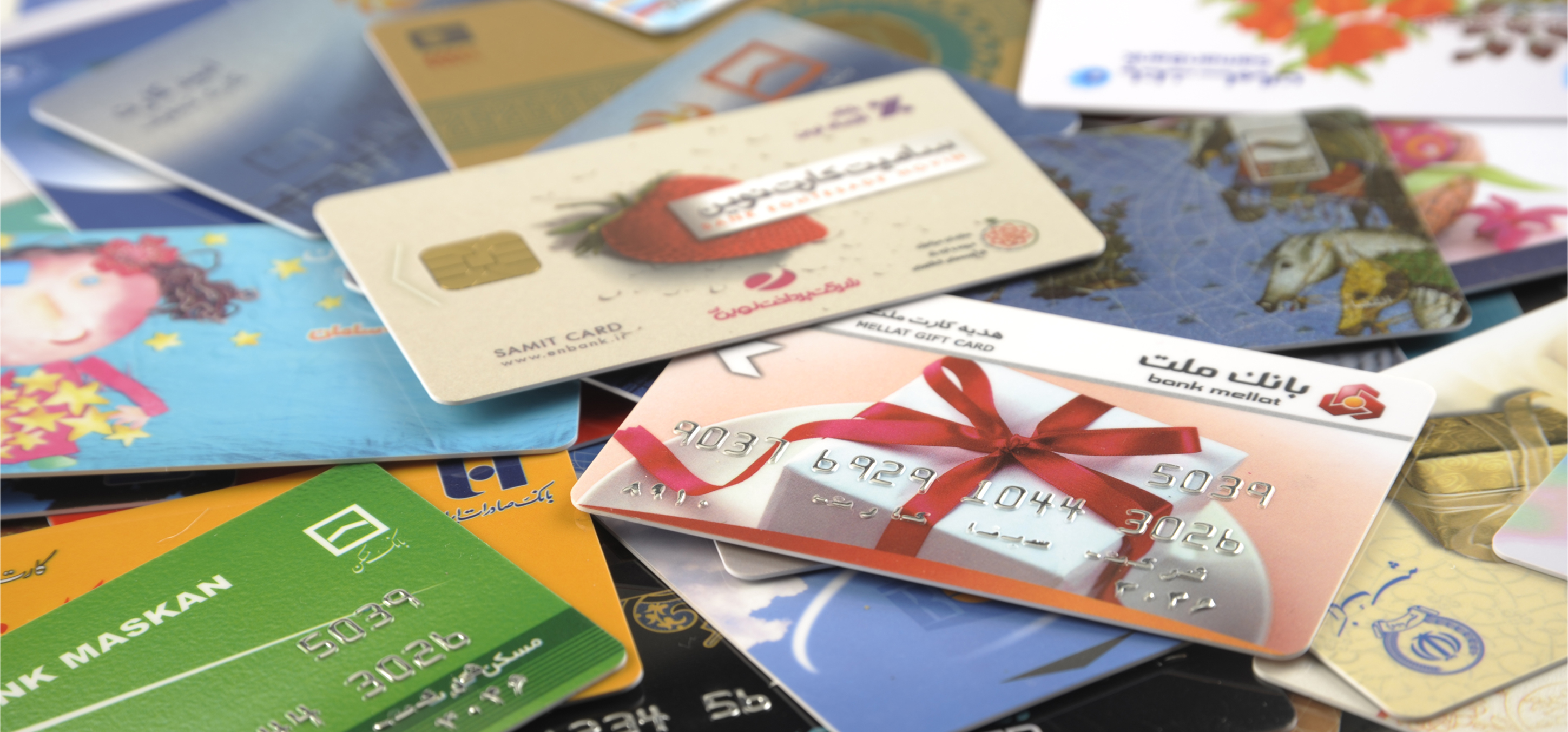The Central Bank of Iran’s deputy for economic affairs attested to the significant changes in Iran’s electronic banking sector and the effect it has had on the composition of money supply.
Peyman Qorbani was speaking ahead of the latest two-day Conference on Electronic Banking and Payment Systems scheduled for Jan. 2 in Tehran, IRNA reported.
“About five years ago in March 2013, the total volume of liquid money circulating in the hands of the public accounted for 7.2% of the country’s entire money supply, but the figure has significantly declined as it hovered around 2.4% last October, which is an unprecedented ratio for the money supply composition,” he said.
According to the official, in light of the remarkable improvements witnessed in electronic banking in the country, which started about 15 years ago, Iran has established itself as one of the leading regional countries in that sector.
“Statistics indicate that the total number of banks’ debit and credit cards in 2004 stood around eight million while the country’s banking system hosts 2,289 automated teller machines, 18,000 points of sale and 7,522 active PIN pads inside their branches nationwide,” he added.
This is while in March 2013, the number of banks’ cards had reached 226 million. They also managed to increase the number of ATMs and POS terminals to 30,173 and 2.7 million, respectively. The number of banks’ terminals inside branches also experienced a dramatic surge to reach 53,117 in March 2013.
As the official underlined, the banks’ uptrend in terms of cards issues, ATMs and POS terminals has not stopped in the last five years.
According to CBI’s latest statistics, the total number of banks’ credit and debit cards by the end of last September had reached 375 million. The number of ATMs and POS terminals up to the aforementioned point of time also exceeded 51,000 and 5.5 million, respectively. This is while Iranian banks have now about 77,488 active POS terminals inside their branches.
“The assessment of statistics shows that the previous Iranian administration (the first term of Hassan Rouhani’s presidency that started in 2013) has taken effective measures to improve electronic banking in the country, despite the fact that Iran had benefited from significantly good initial steps regarding the matter,” Qorbani added.
CBI’s deputy for economic affairs noted that President Rouhani’s administration during his second term will continue to implement its previous measures.
He noted that with regard to monetary policies, the government is focused on correcting the composition of money supply by curbing the share of monetary base and increasing the ratio of multiplier.
“The money supply’s multiplier ratio stood around 4.72% in March 2013 while in the last five years since President Rouhani took office, the ratio has increased to 7.14 %, which indicate that the multiplier’s ratio is improving gradually,” he said.
Qorbani believes that expansion of electronic banking across the country is one of the main reasons for this shift in money supply composition, as the multiplier is determined by the ratio of money in circulation to the entire amount of liquidity.
The CBI official emphasized that people are showing more interest in utilizing electronic banking services, which automatically decreases their need for cash as they usually use their cards via ATMs and POS terminals.
This type of banking has managed to significantly improve money supply’s multiplier ratio in recent years.
“Before electronic banking services became popular, they had to make unnecessary trips to banks’ branches even to pay their bills,” he added.
In addition to reducing the high volume of paper usage in banking operation, the official noted that paying bills via electronic methods has significantly increased the pace and quality of payments.
He referred to curbing the intensity of traffic and air pollution as other benefits of using e-banking services and stressed that if this evolution in payment methods had not taken place, traffic and air pollution in metropolises could have been a lot worse.
Qorbani concluded by saying that the volume of banknotes per capita in Iran was higher than the global standards, but e-banking services reduced the need for cash to help the country’s payment system and saved a huge volume of banknotes from getting worn out.


